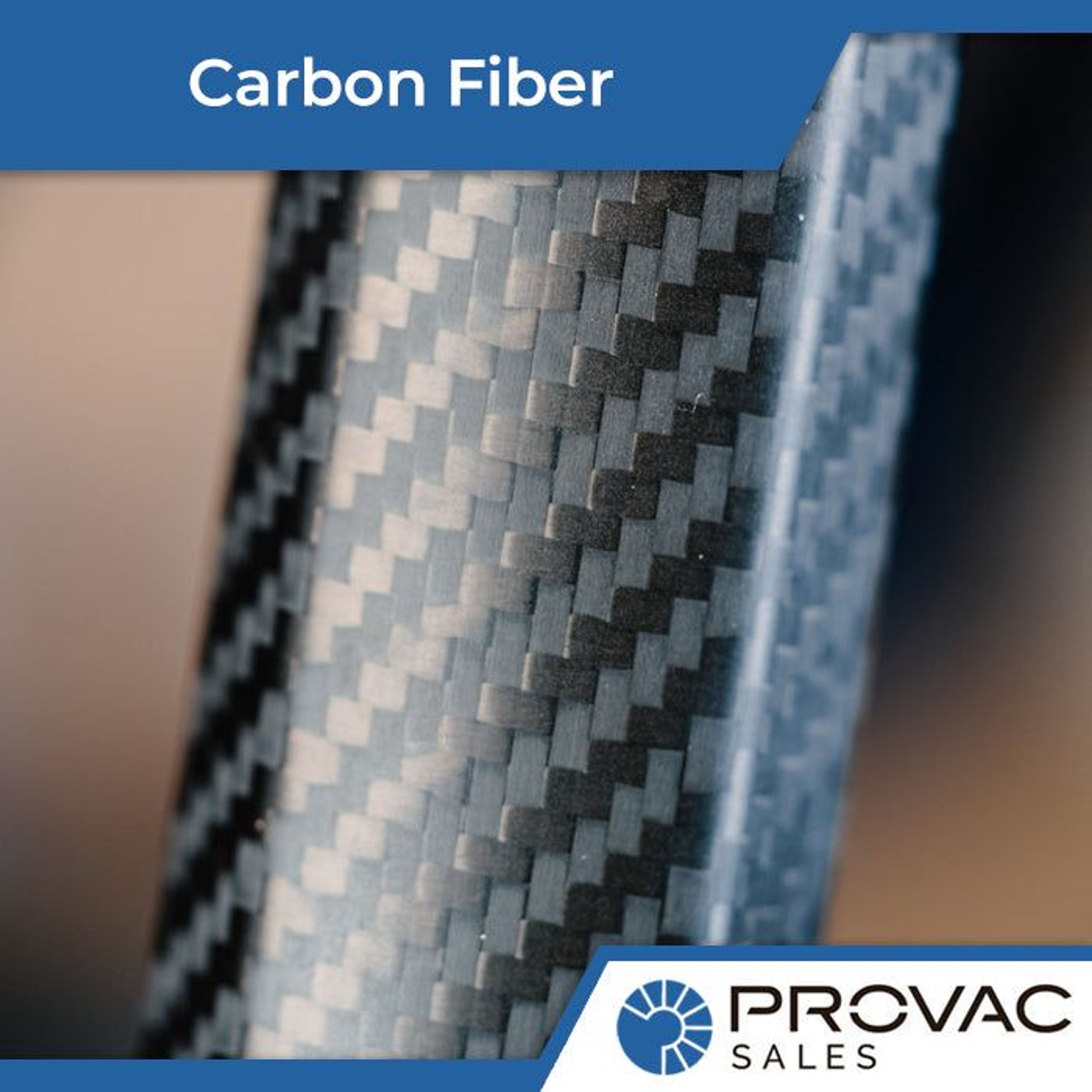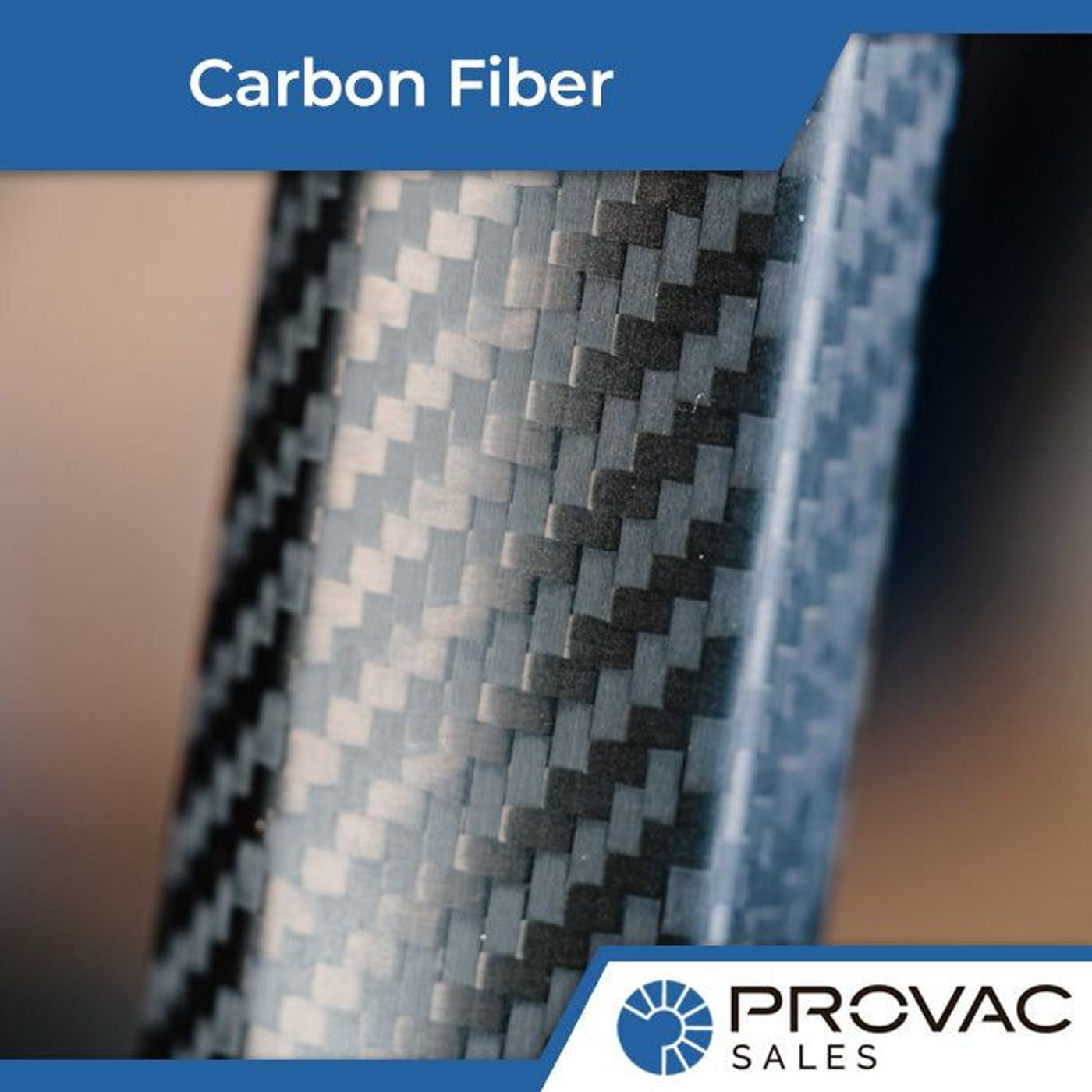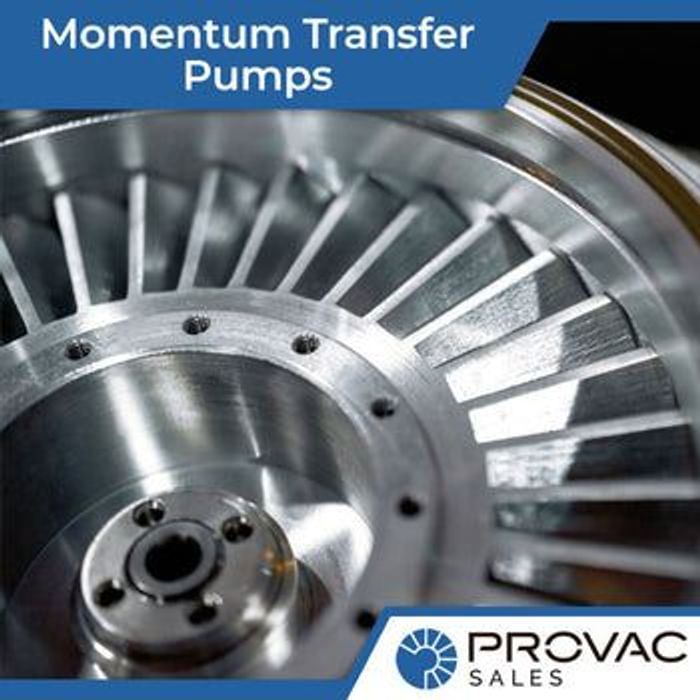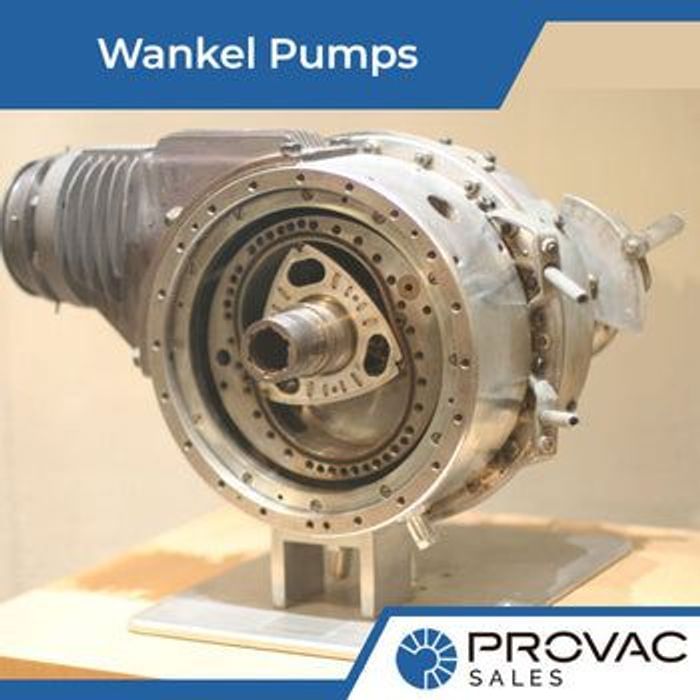Carbon fiber comes from polyacrylonitrile and rayon. These are organic polymers that contain long strands of molecules held with the help of carbon atoms. The carbon fiber manufacturing process involves a combination of liquids and gases that react with the fiber to produce a specific effect. A few other elements don’t react with the fiber to ensure that the final product meets the quality standards.
The manufacturing process has two parts: mechanical and chemical. It starts by drawing long strands of fiber into the heating chamber. However, it doesn’t allow oxygen to come in contact with the strands of fiber, thus preventing them from burning. Instead, the atoms in the fiber strands vibrate violently when put under high temperature. Slowly, they expel the non-carbon atoms, thus leaving a pure form of carbon fiber behind.
As already mentioned, carbon fiber production manufacturing has a mechanical and a chemical part. The mechanical part uses a vacuum pump to match the tensile strength of carbon fiber. It also combines plastic and base fiber to provide the strength that carbon fiber requires. The ability to efficiently combine these elements is present only in vacuum pumps, and therefore, they are the go-to machines when it comes to producing carbon fiber.
Hand layup method
Manufacturers use vacuum pumps in various ways to produce carbon fiber. One of the most common methods is hand layup where the pump uses uncured material to form a mold. The vacuum pressure formed inside the pump cures the materials in an oven.
The process starts with the pump taking a carbon fiber fabric weave and placing it in the mold, followed by forcing the epoxy resin to enter the weave slowly. In this way, the pump forces multiple sheets to lay on top of one another to form a layer that has epoxy resin embedded on each row.
This is a completely manual method where you use the vacuum pump for its suction pressure to pull the layers as closely as possible. It produces a thick, carpet-like surface that is flexible enough to fold. In fact, each mat layer of carbon fiber can bend up to 90o. But why is flexibility so crucial in carbon fiber production? Well, a unidirectional layup would mean that the fibers are stacked together in one direction. This would make the mat look monotonous. Instead, a cross-pileup looks better and also holds the carbon fiber strands properly.
Vacuum bagging method
A vacuum pump is a crucial machine that holds the resin and mold together to ensure that the fibers go through successful curing every time. In the vacuum bagging technique, the pump uses atmospheric pressure instead of suction pressure to squeeze the fiber’s resin-impregnated layers, thus forcing them to take the shape of the mold. Once you complete the layup, you can use the vacuum pump to seal the laminate layers in the airtight bag that can hold the layers in one place.
Many manufacturers use plastic sheets in the bags to cover the layers. On the other hand, a few manufacturers use the sheets at the bottom and the top to enclose the mold and its laminate, thus providing full-proof protection to the carbon fiber. In both cases, the vacuum pump has one function: to maintain the atmospheric pressure at different temperatures.
Sometimes, manufacturers use a vacuum hose in the pump and bag to draw as much air as possible. This eventually allows the carbon fiber to sit tightly inside the bag and take its shape for further use.
Once the pump draws vacuum out of the bag, it uses atmospheric pressure to squeeze the laminate layers from the resin-saturated mat. This has two consequences: it takes the shape of the mold that you had used in the first place. Secondly, it maintains equal pressure inside the bag because of the atmospheric pressure from the pump.
Importance of vacuum pumps for carbon fiber production
The vacuum pump is the most important device in the carbon fiber production method. It forcefully draws the necessary amount of vacuum to ensure that the carbon fiber can work with sufficient displacement and become flexible later. In addition to drawing vacuum, the pump also adjusts the level of vacuum required to squeeze the atmospheric pressure from the bag in which you are going to fit carbon fiber.
According to experts, the pump’s flow rate determines the initial drawdown of the air within a specific period and creates cavities between the laminate and the bag. Therefore, the more air the pump displaces, the more space it creates for carbon fiber. Once the drawdown is complete, the pump won’t evacuate extra air from the bag, thereby leaving enough breathing space for the fiber to expand.
If you are planning to buy a vacuum pump for carbon fiber production, make sure you keep an eye on its atmospheric pressure displacement, initial drawdown capacity, and flow rate.





